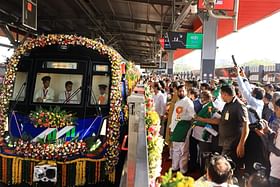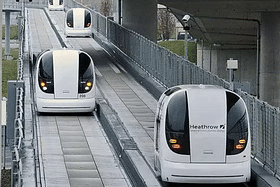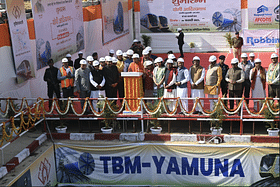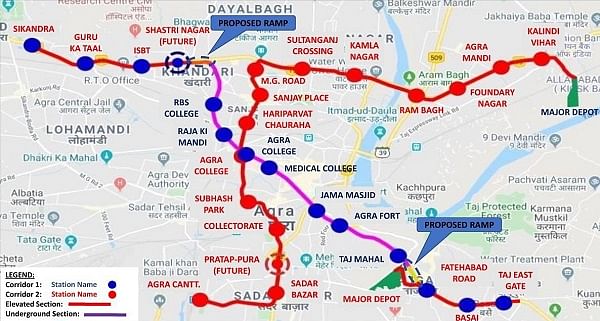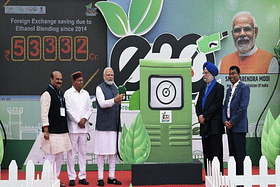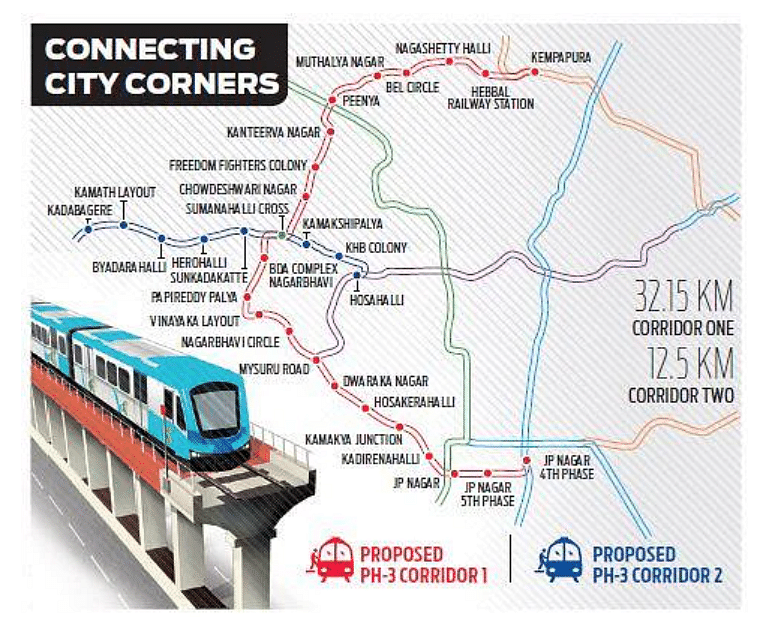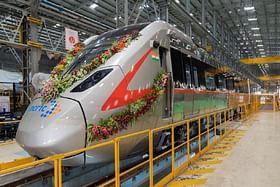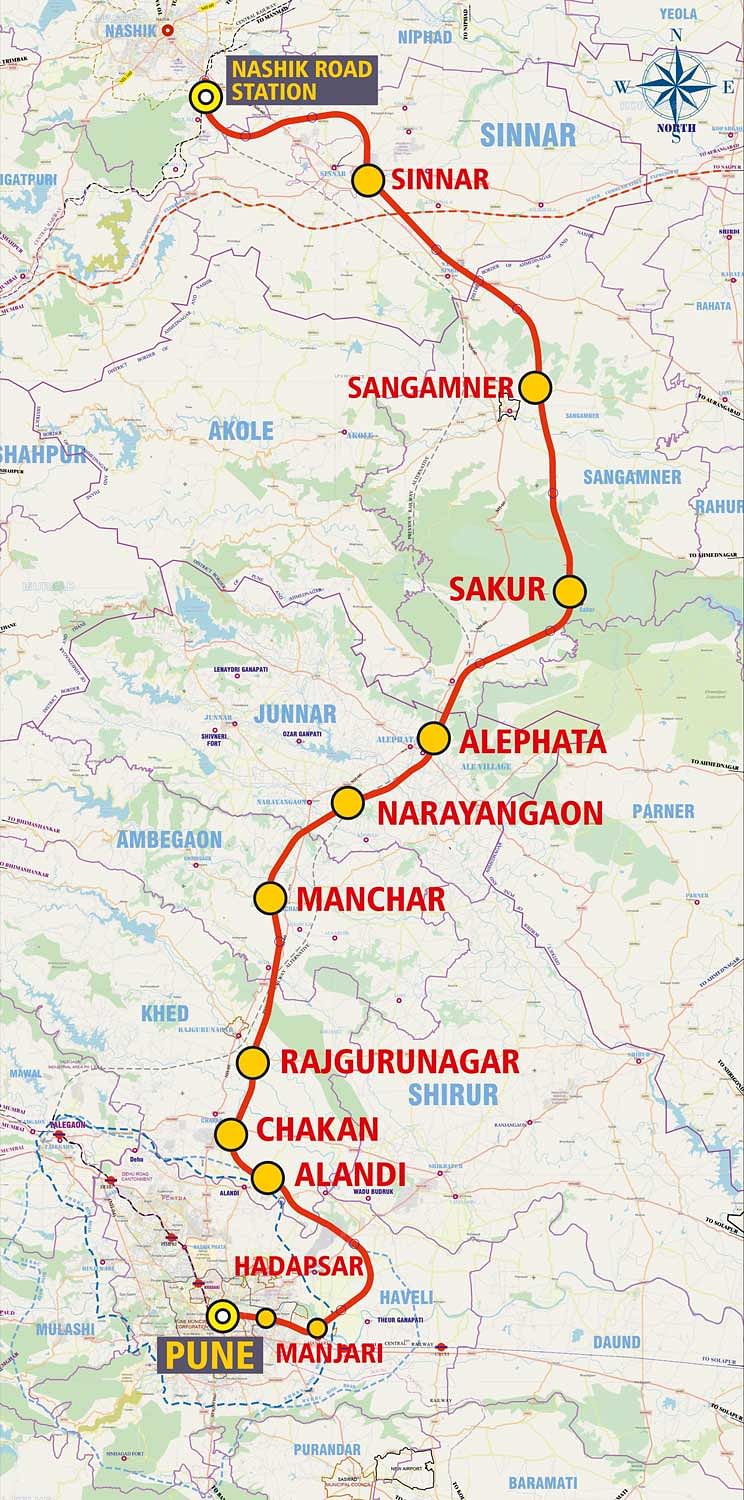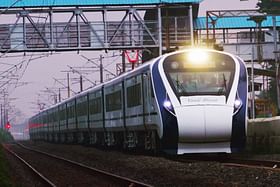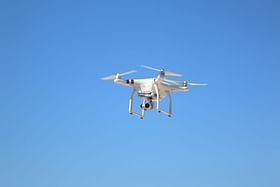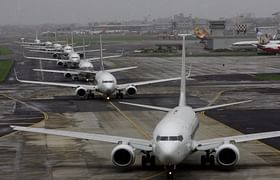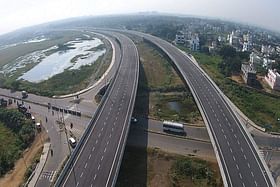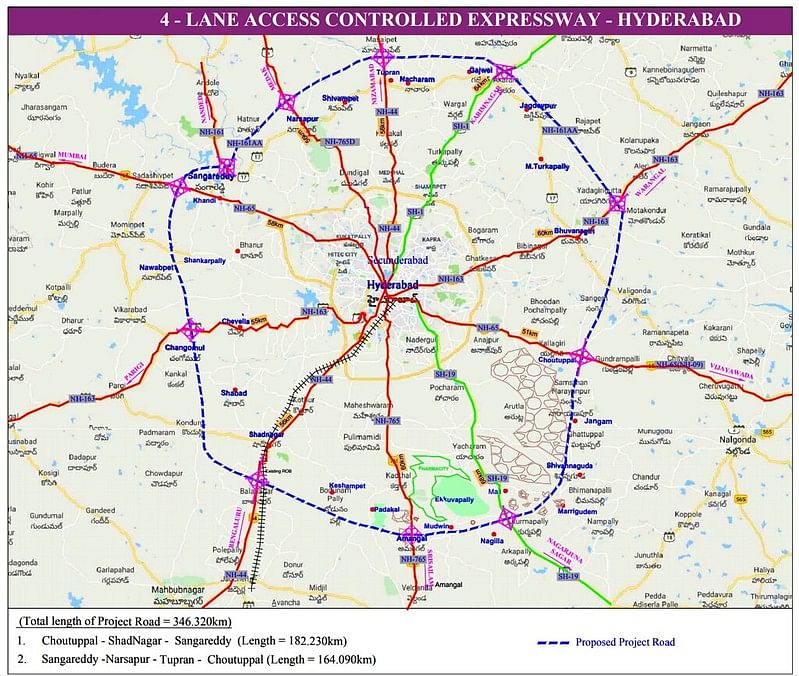The work on the underground Mumbai Metro Line 3 is complete by nearly 80 per cent as on 31 January, the Mumbai Metro Rail Corporation (MMRCL), which is implementing this line, has said.
While 84 per cent of progress in Phase 1 (Aarey to BKC) has been attained, Phase 2 between BKC and Cuffe Parade has seen 76 per cent of overall work completed.
City’s First Underground Public Transport System
The Colaba-Bandra-SEEPZ Metro Line 3, also known as Aqua Line will be the first underground metro line in Mumbai and also one of the longest underground continuous stretches in India.
The Mumbai Metro Line 3 spans approximately 33.5 kms, from Colaba (Cuffe Parade) in the extreme south of the city through Bandra, ending within the Special Electronics Export Processing Zone (SEEPZ) in the north-central.
The Aqua Line connects Mumbai’s most congested regions and key financial hubs such as Nariman Point, Bandra-Kurla-Complex (BKC), Fort, Worli, Lower Parel and Goregaon.
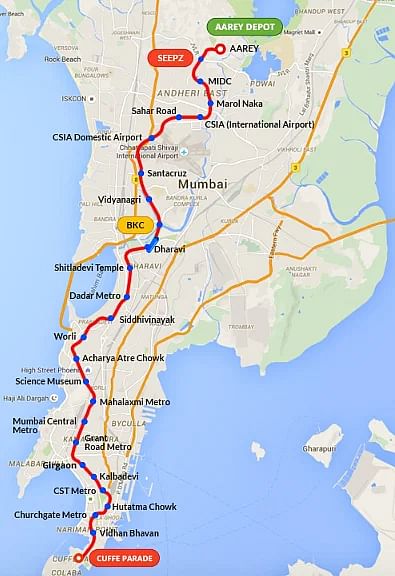
The first phase of the project between BKC and SEEPZ is expected to be ready and open to the public by December this year.
Station Progress
The Aqua Line has 27 stations (26 under-ground & one at-grade) of which there are nine underground stations in Phase 1. These stations are being built at a depth of 20 to 29 metre. The station size has been standardised with platforms designed to fit eight-car trains.
Station works on the entire stretch is in the final leg. Barring three stations — Kalbadevi, Girgaum and Grant Road — the rest are more than 80 per cent complete.
The stations in Phase 1 are ready by over 90 per cent and the stations in Phase 2 are ready by over 86 per cent, as per MMRC.
Track Work
The track laying work has been completed on 54 per cent of the entire project, as per MMRC.
Whereas 71 per cent of progress in track laying in Phase 1 has been attained, the corresponding figures for Phase 2 stands at 44 per cent.
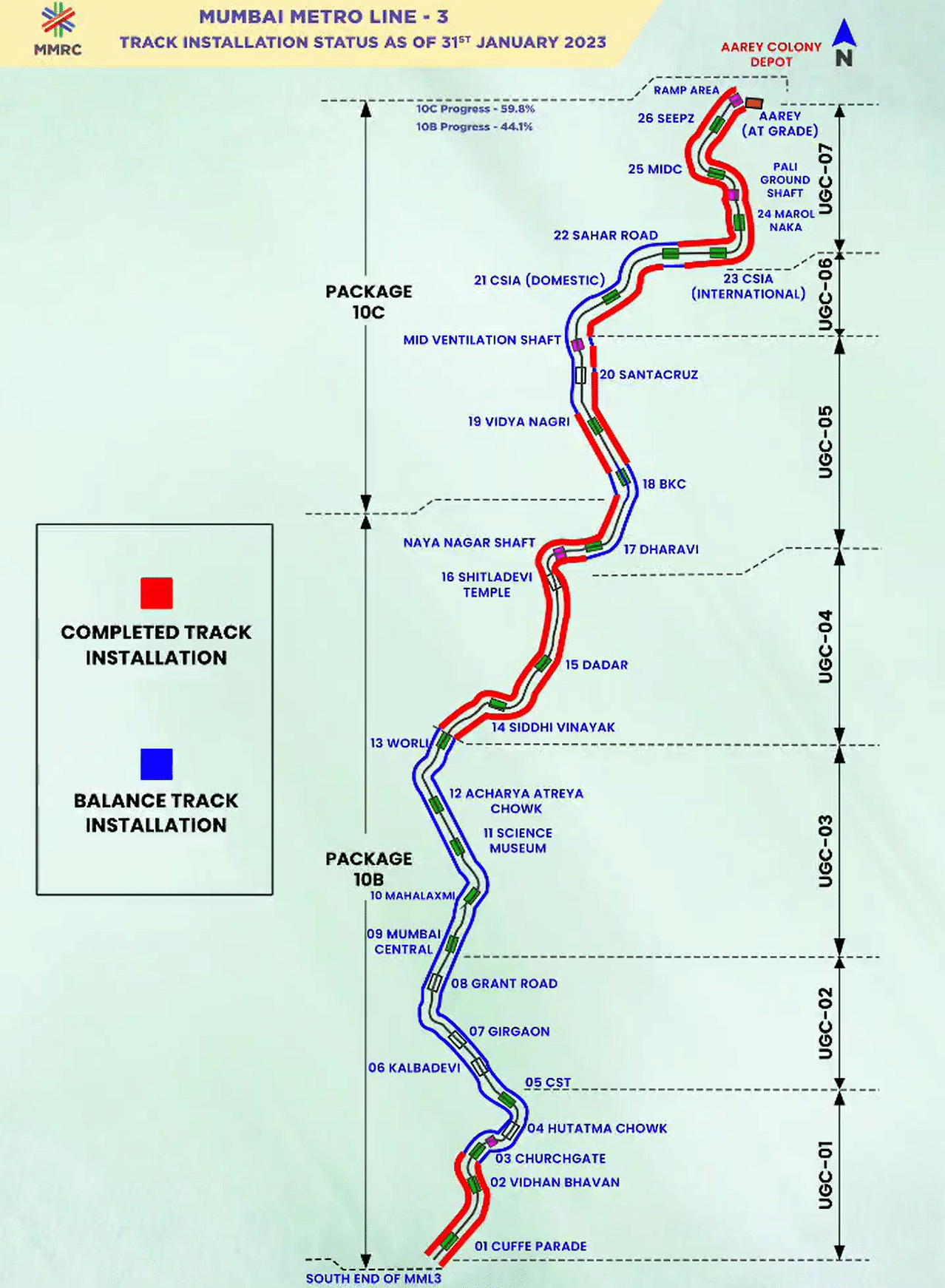
A notable feature of the project is the use of head hardened (HH) rails, which can bear about 50 per cent higher pressure compared to normal rails — the HH rails have been manufactured by a Japanese company and imported from Japan.
Further, in a first for India, a new type of track structure design which involves laying vibration-absorbing tracks has been adopted for any underground metro.
The MMRCL is using high vibration attenuation booted twin sleeper blocks (HVABTSB) on the Aqua Line which will absorb vibrations upto 22 vibration decibels (Vdb), over and above the vibrations that are absorbed by a normal metro track.
It is considered ideal for a congested city like Mumbai where there are many heritage structures, old buildings and densely populated residential colonies which can get affected by vibrations.
Traction System
The Mumbai Metro 3 will use overhead contact system (OCS) for powering its metro fleet. The OCS system consists of a 25kV AC traction conductor running along the entire route of the metro.
According to MMRC, 57 per cent OCS work has been completed on Phase 1 and 46 per cent work has been completed on Phase 2 (see the image below):
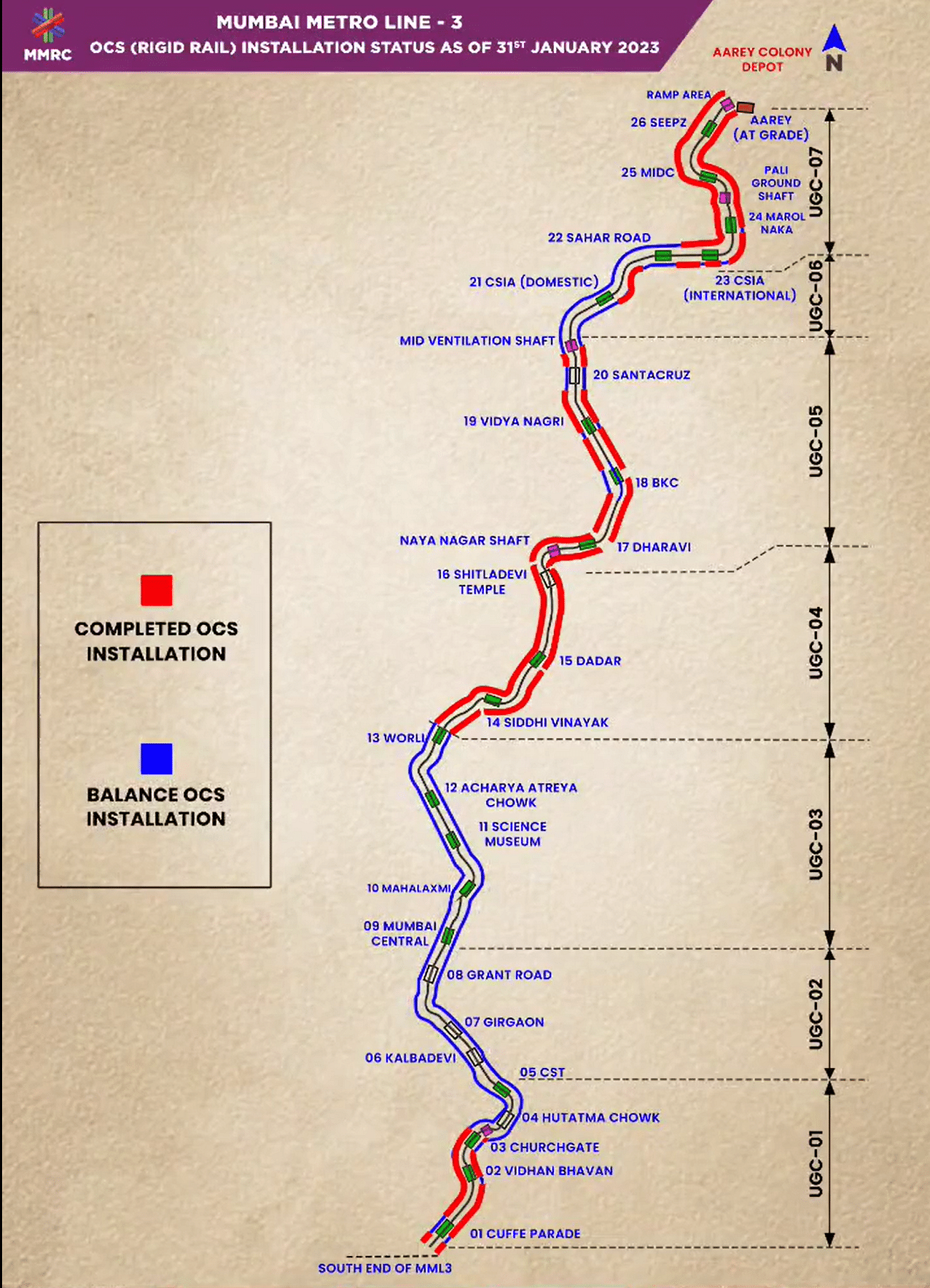
Rolling Stock
MMRC awarded Alstom a contract worth 315 million euros to supply 31 lightweight, fully-furnished modern passenger trainsets of eight cars each for Aqua Line in September 2018.
The MMRCL has already received two metro trains from Alstom. The trains are currently undergoing the required mandatory tests in a 5-km stretch between the Ramp at Sariput Nagar and Sahar.
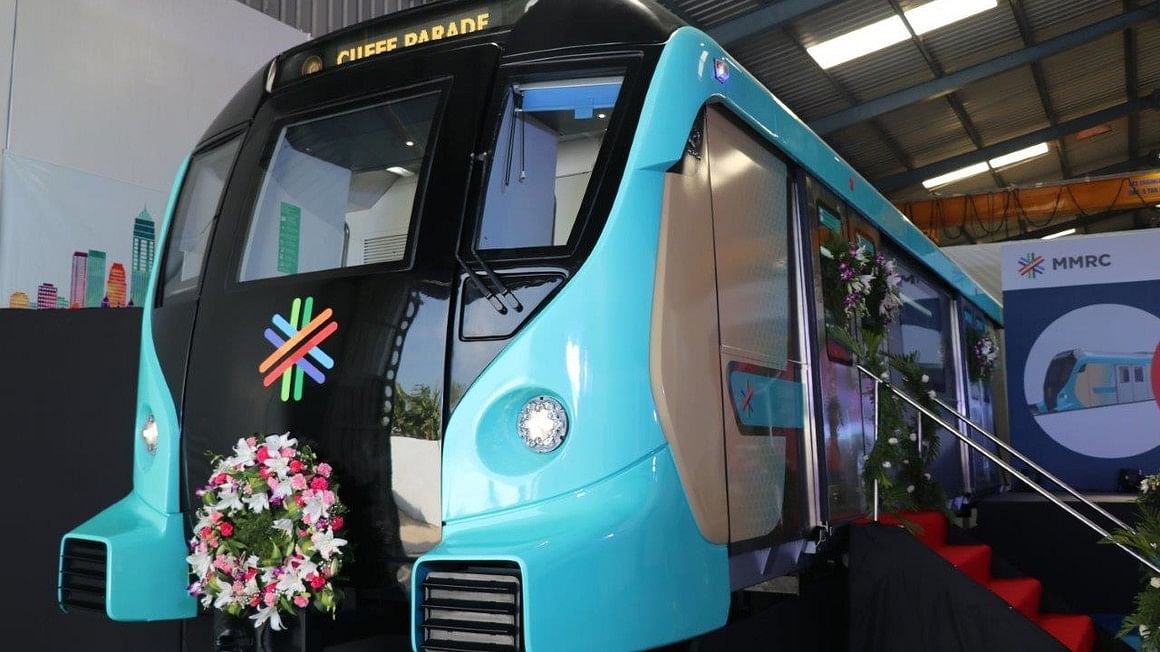
Themed on Dynamic Fluidism that takes inspiration from the city, the Aqua Line trainsets prioritises high interior density layout to maximise space efficiency. The 3200-mm wide, stainless-steel trainsets can accommodate approximately 2,400 passengers in a standing and seated position on a single trip, easing daily commute for Mumbaikars.
The planned speed of 95 kmph and an actual operating speed of 85 kmph will reduce the overall travel time of passengers.
It is also the first time that any metro train in India will have 75 per cent motorisation, enabling quick acceleration and deceleration thereby bringing about greater efficiency in operations.
In addition to the above features, it is the first UTO (unattended train operation) project in Mumbai.
Aarey Depot
Work on the 33-acre car shed at Aarey, that would serve as the base for maintaining metro coaches for Line 3 is on a fast track, with 55 per cent of the work completed.
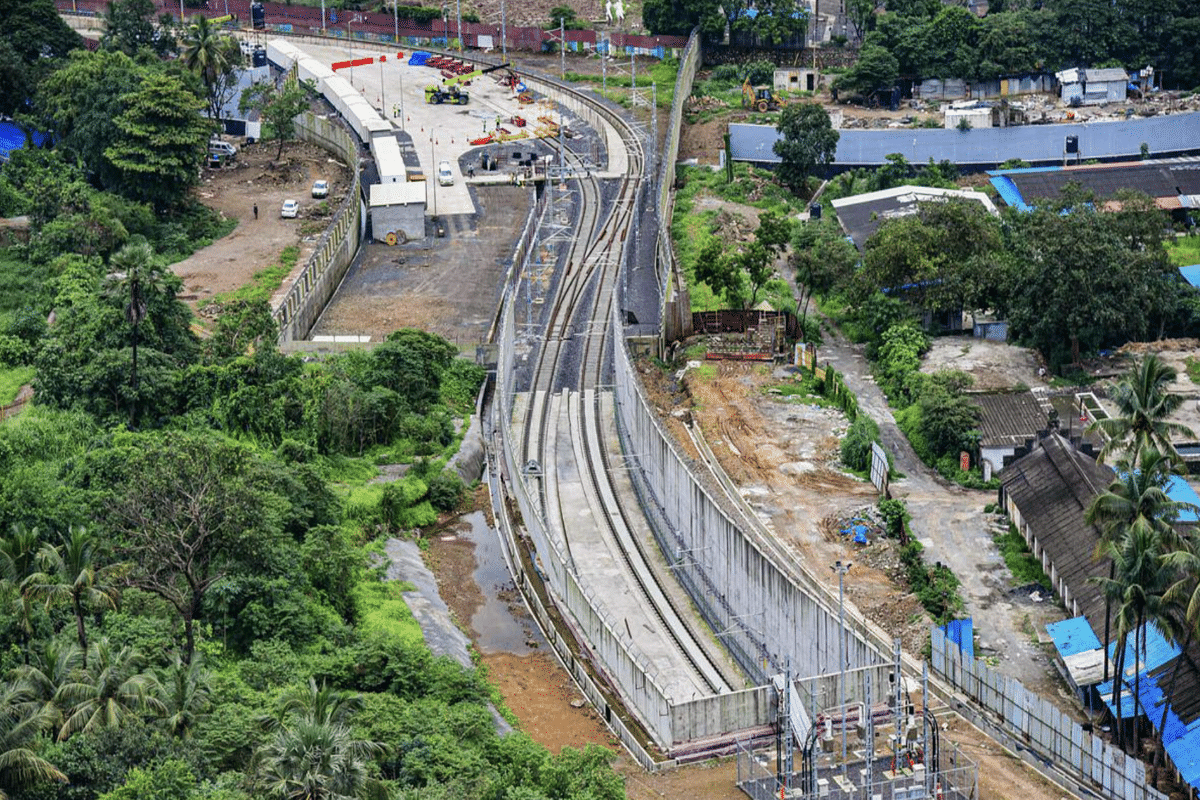
The car depot is at-grade and is located at Aarey Colony, north of Jogeshwari-Vikhroli Link Road. There was a long legal battle over Mumbai’s Metro-3 car shed at Aarey, before it was finally allowed to resume last year.
The Aarey car-depot will have an administrative building, operation control, inspection and maintenance workshops and stabling lines for parking of trains.
Meanwhile, the Phase 1 operations will be handled through the backup Operation Control Centre available at BKC until the Aarey metro depot is ready.
